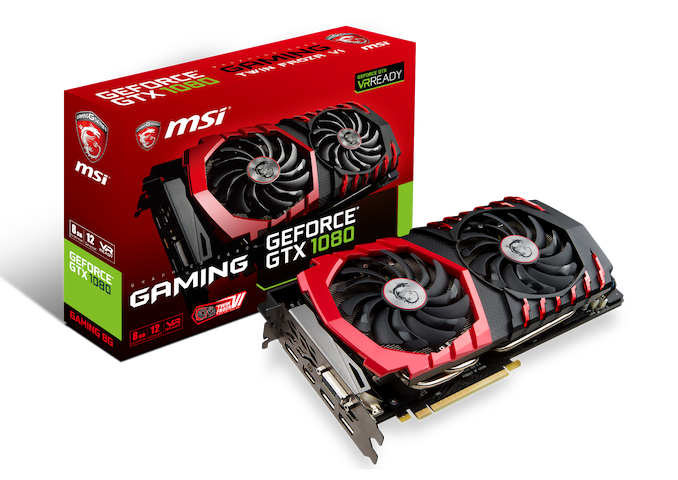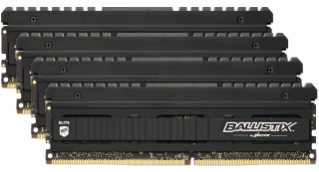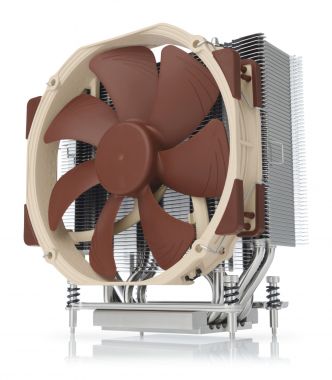The MSI MEG Z690 Unify (DDR5) Motherboard Review: The All-Black Option
by Gavin Bonshor on January 18, 2022 10:00 AM ESTBoard Features
The MSI MEG Z690 Unify is a premium ATX motherboard that sits below both the Godlike and Ace series. Representative of its MEG enthusiast gaming series, the Z690 Unify has plenty of features and controller sets to keep both enthusiasts and performance users satisfied. One of the biggest features of Intel's 12th gen and Z690 is PCIe 5.0, and MSI includes two full-length PCIe 5.0 slots operating at x16 and x8/x8, with one half-length slot electronically locked down to PCIe 3.0 x4.
For storage, MSI includes a total of five M.2 slots, with three operating at PCIe 4.0 x4, one with PCIe 4.0 x4 and SATA support, as well as a fifth PCIe 3.0 x4 M.2 slot. MSI has two sets of SATA, four of which support RAID 0, 1, 5, and 10 arrays, while another two are made available by the use of an ASMedia ASM1061 SATA controller. The MSI MEG Z690 Unify also has support for super-fast DDR5-6666 memory, with a combined capacity of up to 128 GB across four memory slots.
Focusing on cooling, the Z690 Unify has eight 4-pin headers, with one for a CPU fan, one for a water pump, and six for chassis fans.
| MSI MEG Z690 Unify ATX Motherboard | |||
| Warranty Period | 3 Years | ||
| Product Page | Link | ||
| Price | $490 | ||
| Size | ATX | ||
| CPU Interface | LGA1700 | ||
| Chipset | Intel Z690 | ||
| Memory Slots (DDR4) | Four DDR5 Supporting 128 GB Dual-Channel Up to DDR5-6666 |
||
| Video Outputs | N/A | ||
| Network Connectivity | 2 x Intel I225-V 2.5 GbE Intel AX210 Wi-Fi 6E |
||
| Onboard Audio | Realtek ALC4080 | ||
| PCIe Slots for Graphics (from CPU) | 2 x PCIe 5.0 (x16, x8/x8) | ||
| PCIe Slots for Other (from PCH) | 1 x PCIe 3.0 x4 | ||
| Onboard SATA | Four, RAID 0/1/5/10 (Z690) Two (ASMedia) |
||
| Onboard M.2 | 3 x PCIe 4.0 x4 1 x PCIe 4.0 x4/SATA 1 x PCIe 3.0 x4 |
||
| Onboard U.2 | N/A | ||
| Thunderbolt 4 (40 Gbps) | N/A | ||
| USB 3.2 (20 Gbps) | 1 x USB Type-C (Rear panel) 1 x USB Type-C (One header) |
||
| USB 3.2 (10 Gbps) | 7 x USB Type-A (Rear panel) 1 x USB Type-C (One header) |
||
| USB 3.1 (5 Gbps) | 4 x USB Type-A (Two headers) | ||
| USB 2.0 | 2 x USB Type-A (Rear panel) 4 x USB Type-A (Two headers) |
||
| Power Connectors | 1 x 24-pin Motherboard 2 x 8-pin CPU |
||
| Fan Headers | 1 x 4-pin CPU 1 x 4-pin Water pump 6 x 4-pin Chassis |
||
| IO Panel | 2 x Antenna Ports (Intel) 1 x PS/2 Combo port 1 x USB 3.2 G2x2 Type-C 7 x USB 3.2 G2 Type-A 2 x USB 2.0 Type-A 2 x RJ45 (Intel) 5 x 3.5 mm Audio jacks (Realtek) 1 x S/PDIF Optical output (Realtek) 1 x BIOS Flashback button 1 x Clear CMOS button |
||
In terms of connectivity, MSI is offering pretty much everything expected in the sub $500 Z690 motherboard space. On the rear panel are one USB 3.2 G2x2 Type-C, seven USB 3.2 G2 Type-A, and two USB 2.0 ports, with support for up to four USB 3.2 G1 Type-A (two headers), four USB 2.0 (two headers), and an additional USB 3.2 G2x2 Type-C ports through internal headers. Networking is premium with two Intel I225-V 2.5 GbE controllers, and an Intel AX210 Wi-Fi 6E CNVi. Audio is handled by a Realtek ALC4080 HD audio codec that powers five 3.5 mm audio jacks and S/PDIF optical output.
Test Bed
With some of the nuances with Intel's Rocket Lake processors, our policy is to see if the system gives an automatic option to increase the power limits of the processor. If it does, we select the liquid cooling option. If it does not, we do not change the defaults. Adaptive Boost Technology is disabled by default.
| Test Setup | |||
| Processor | Intel Core i9-12900K, 125 W, $589 8P + 8E Cores, 24 Threads, 3.2 GHz Base (5.2 GHz P-Core Turbo) |
||
| Motherboard | MSI MEG Z690 Unify (BIOS 7D28v11) | ||
| Cooling | ASUS ROG Ryujin II 360 360 mm AIO | ||
| Power Supply | Corsair HX850 80Plus Platinum 850 W | ||
| Memory | Corsair Dominator Platinum RGB DDR5-4800 CL 38-40-40-78 2T (2 x 16 GB) |
||
| Video Card | MSI GTX 1080 (1178/1279 Boost) | ||
| Hard Drive | Crucial MX300 1TB | ||
| Case | Corsair Crystal 680X | ||
| Operating System | Windows 10 Pro 64-bit: Build 21H2 | ||
We must also thank the following:


















20 Comments
View All Comments
mrvco - Tuesday, January 18, 2022 - link
I embrace our post Peak RGB world.meacupla - Tuesday, January 18, 2022 - link
MSI VRMs running a bit warmer than the competition seems to be pretty normal.I just wish they would use heatsinks with more surface area.
erinadreno - Wednesday, January 19, 2022 - link
agree. People have figured out they should use finned aluminum/copper as heatsinks on CPU. Why couldn't they apply this knowledge on to the VRMolde94 - Wednesday, January 19, 2022 - link
yeah it's almost as if larger surface area helps!Oxford Guy - Friday, January 21, 2022 - link
Tons of boards in the past had VRM sinks with lots of pure metal fins. Some even had copper heatpipes to connect to multiple heavy-duty highly-finned sinks.HollyDOL - Wednesday, January 19, 2022 - link
no RGB? Sold!JamesWoods - Monday, January 24, 2022 - link
You know you can just turn most RGBs off...right?Mikehawkest - Sunday, March 27, 2022 - link
Stfu and go watch Barney.PeachNCream - Friday, January 21, 2022 - link
No RGB is good, but its still far more sensible to buy a budget computing equipment which is already RGB-free and use modest hardware for much lower cost and then you can squirrel away the difference in cost to upgrade more frequently and leap ahead in performance without bothering with overclocking, high wattage PSUs, or loads of waste heat. Or just set your expectations a bit lower and find a way to kill time on lesser, more efficient hardware. For instance, I still do most of my gaming on a Celeron n3060 in a purple HP Stream 11 running Linux and kill off just as many hours being just as amused as someone that spent vastly more money and feeds orders of magnitude more power to their PC. - And I don't have RGB lighting AND I can easily take my computer somewhere else with me rather than being stuck in a fixed location with a stationary, wired-to-the-wall desktop.Badelhas - Saturday, January 22, 2022 - link
What kind of games do you play?